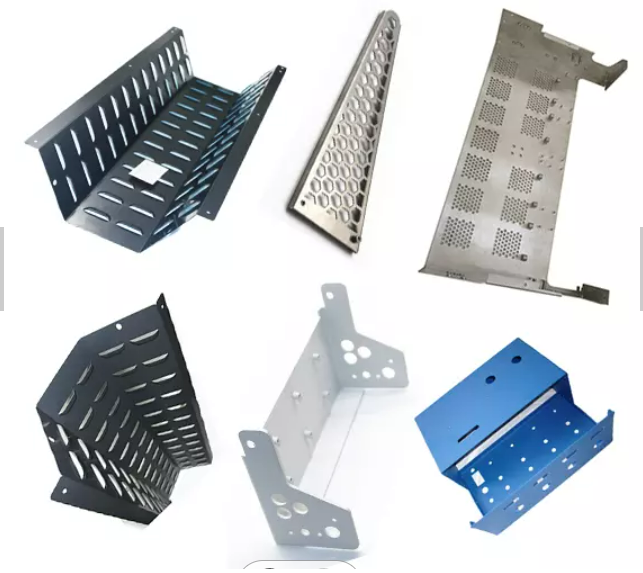Aluminum sheet metal fabrication refers to the process of transforming raw aluminum sheets into finished products. This includes cutting, bending, welding, and finishing aluminum sheets to create objects such as automobile parts, aircraft components, signs, furniture, and more.
The process of aluminum sheet metal fabrication involves various steps including designing, cutting, shaping, and assembling aluminum sheets. Design is an essential step in the aluminum sheet metal fabrication process as it defines the shape and function of the final product. The design is usually created using computer-aided design (CAD) software, which allows for precise measurements and specifications.
Once the design is complete, the aluminum sheets are cut to size and shape using specialized tools such as saws, lasers, or water jet cutters. These tools are designed to cut through the aluminum sheet metal cleanly, with minimal distortion or damage.
After cutting the aluminum sheets, they are shaped and formed into the desired shapes using bending machines or press brakes. The shape and form are critical as they determine the strength and functionality of the final product.
Once the aluminum sheets are shaped, they are welded together using various methods, including MIG or TIG welding. Welding ensures that the aluminum sheets are securely attached, creating a robust and durable final product.
Finally, the finished aluminum sheet metal product undergoes finishing processes such as polishing, painting, or anodizing to improve its appearance or make it more resistant to corrosion or wear.
Overall, aluminum sheet metal fabrication is a complex and precise process that requires specialized skills and equipment. The resulting products are strong, lightweight, and durable, making them ideal for a wide range of applications.
Aluminum sheet metal has numerous applications in various industries due to its unique properties of being lightweight, corrosion-resistant, and easy to work with. Here are some applications of aluminum sheet metal:
Aerospace and aviation – Aluminum sheet metal is widely used in the aerospace and aviation industry for making the outer skin of aircrafts, because it is lightweight and has excellent strength-to-weight ratio.
Transportation – Aluminum sheet metal is used in the construction of ships, trains, and buses, because it is corrosion-resistant and has excellent thermal conductivity.
Construction – Aluminum sheet metal is used in the construction of architectural structures like roofing, facades, and walls, because it is durable, lightweight, and can be easily molded into shapes.
Electronics – Aluminum sheet metal is used in the manufacturing of electronic goods like laptops, smartphones, and other devices, because it is non-magnetic and has excellent thermal conductivity.
Packaging – Aluminum sheet metal is widely used in packaging, like making cans for food and beverages, because it is lightweight, corrosion-resistant, and can be easily formed into different shapes.

